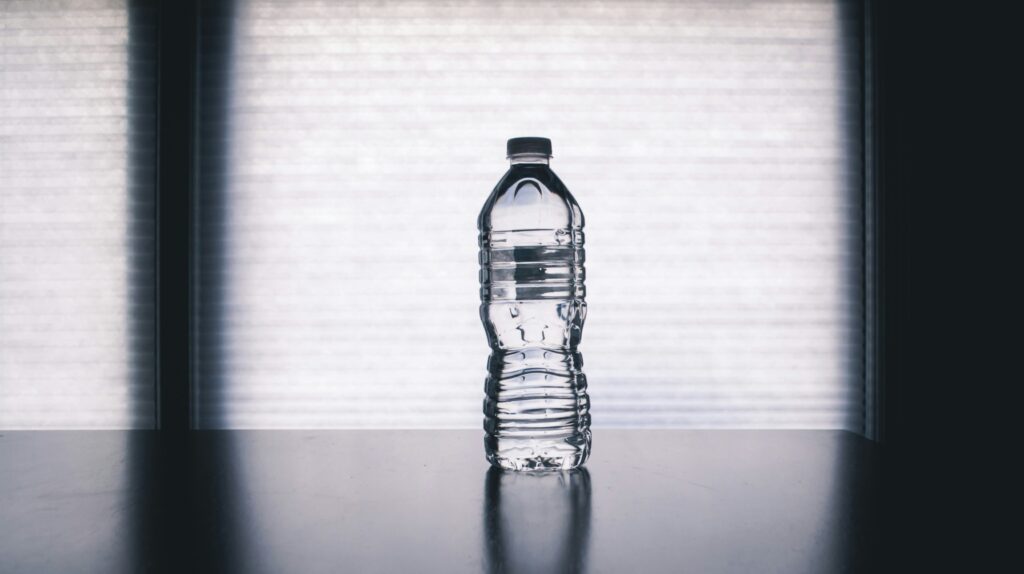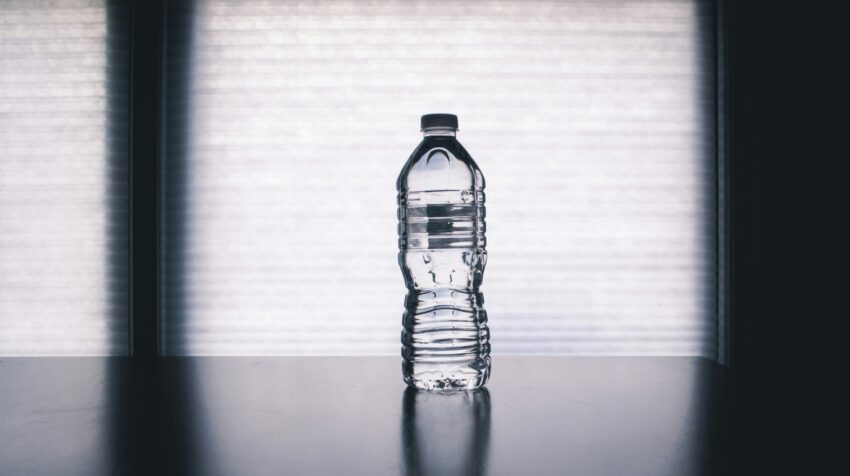
That bottled water in your pantry? Gone in three days. The tap? Pumping poison within 72 hours of a blackout. Cities are water deserts wrapped in concrete, and your survival hinges on one brutal truth: purification beats thirst, but most methods will kill you slower than the pathogens. Let’s fix that.
why urban water kills faster than thirst
Treatment plants fail first. Always. The 2014 Detroit crisis proved municipal water turns toxic while officials are still drafting press releases. Boiling handles bacteria but does exactly nothing for chemical runoff or heavy metals. Your fancy hiking filter? Useless against gasoline-contaminated floodwater.
Three invisible killers lurk in city pipes:
1. Chemicals from industrial spills and treatment additives that survive boiling
2. Bacteria thriving in broken main lines
3. Parasites breeding in rooftop tanks nobody cleans
The fire escape won’t save you. Neither will that camping gear. Urban water demands urban solutions.
the no-fire purification toolkit
chemical killers when boiling isn’t an option
Bleach works until it doesn’t. Eight drops per gallon makes water drinkable. Twelve drops makes it vomit-inducing. Eighteen drops makes it a funeral arrangement. Pool shock (calcium hypochlorite) packs more punch but requires math that’ll give you chemical burns if you screw up.
Iodine tablets trade dysentery for thyroid problems—worth it for two weeks max. The military’s old “iodine crystals in a eyedropper bottle” trick still works if you enjoy playing Russian roulette with your endocrine system.
mechanical filtration for concrete jungles
Straw filters lie. That “500-gallon lifespan” assumes pristine mountain streams, not Hudson River sludge. Gravity bag systems clog on city water’s sediment load in three uses unless you pre-filter through a bandana full of sand.
The real urban hack? A two-liter soda bottle stuffed with alternating layers of charcoal (from burned wood, not your grill), sand, and cotton t-shirt scraps. It won’t win design awards but it’ll keep cholera out of your intestines.
improvised solutions that won’t get you killed
UV purification sounds smart until you realize it needs crystal-clear water and four hours of direct sunlight—good luck in your fire escape shadow. Vodka distillation myths persist because people confuse “sterilized” with “safe.” Eighty-proof just gives you drunk dehydration.
The only reliable no-fire method? Steal a dialysis machine and reverse engineer its filters. Barring that, chemical treatment plus mechanical filtration plus time equals survival.
where to find hidden urban water sources
Fire hydrants contain hundreds of gallons behind one wrench twist nobody will notice during chaos. Toilet tanks beat bowl water but both require triple treatment—that “clean” blue tablet? Just scented poison. Office building water coolers become goldmines because janitors maintain them better than cities maintain reservoirs.
Condensation collects on AC units and steam vents at a rate of two cups per hour in humid climates. Your windowsill dew trap made from plastic sheeting and a coffee can won’t hydrate an army but might save your cat.
storage that won’t poison you slowly
Milk jugs leach chemicals within days. The only safe plastics are HDPE (cloudy, rigid) or PETE (see-through, brittle). Scavenge them from office water coolers or IV bags stolen from hospitals during the calm before the storm.
Glass beats plastic but shatters during riots. Stainless steel wins if you enjoy drinking warm metal-flavored water. The real pro move? Line stolen shopping carts with contractor bags for mobile water hauling.
worst-case scenarios and hard choices
Nuclear fallout water requires more than Brita. Carbon filters ignore radioactive isotopes. Only reverse osmosis or distillation works, and you won’t improvise either from couch cushions.
Biological attacks turn every puddle into a potential bioweapon. Drink from the center of deep puddles where sediment settles, not the edges where pathogens party. Sewage backups demand you harvest water from the top six inches of flooded basements—the heavy toxins sink first.
the $20 vs. $200 purification showdown
A turkey baster, eyedropper, and unscented bleach costs less than a takeout meal and handles 90% of scenarios. The $200 portable reverse osmosis unit works brilliantly until its membranes clog with city silt.
The brutal math? Spend $20 now to survive the first week. Steal better gear during the chaos when money becomes meaningless.
Your body is 60% water. Your brain is 73%. Let that sink in while you stare at your empty bottles. The clock starts ticking the moment the lights flicker.
**Act now:**
1. Fill every container you own
2. Loot unscented bleach from the cleaning closet
3. Test your soda bottle filter with gutter water
Tomorrow’s too late when the fire hydrants run dry.
